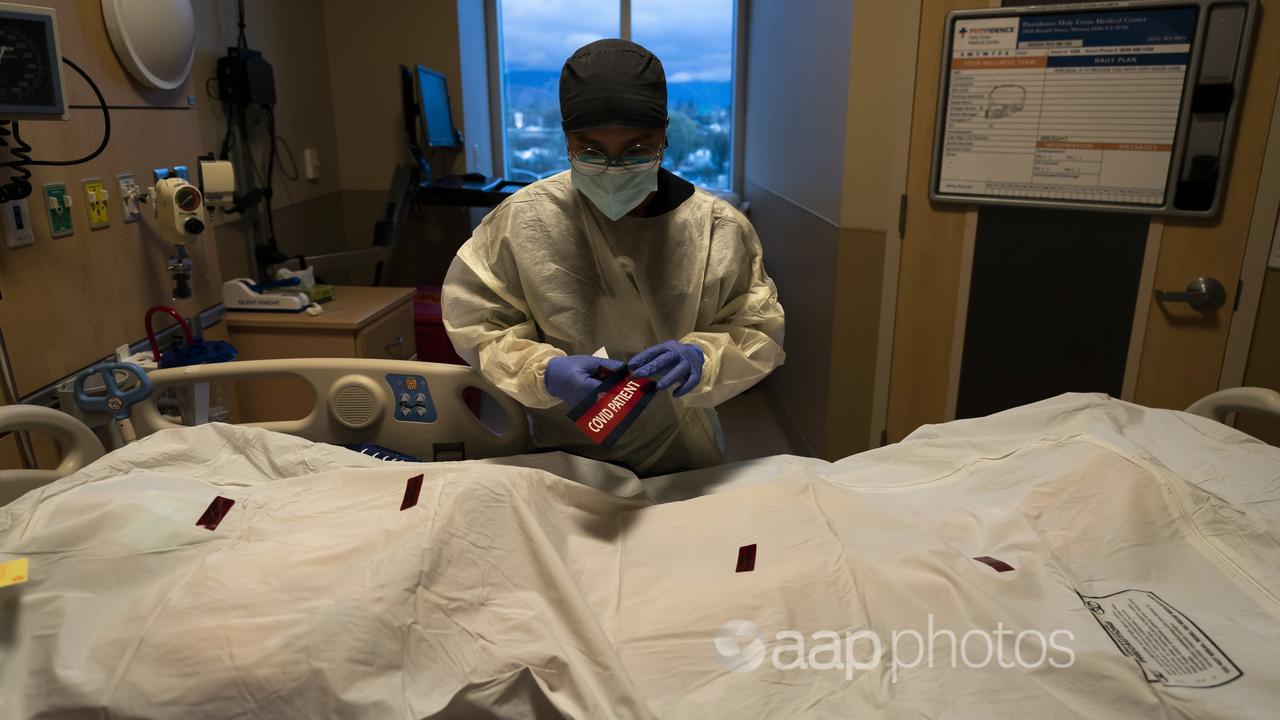The Statement
“The only way that the venom can get into your blood stream [sic] is to be moved from the bite site in the lymphatic vessels. The only way to do this is to physically move the limbs that were bitten…Venom can’t move if the victim doesn’t move.”
AAP FactCheck examined a Facebook post from August 28, 2019 by an Australian user which features a range of guidelines about how to deal with snakebites. The user reposted an entry #SnakeBite originally published by Queensland-based nurse education provider ECT4Health on November 7, 2018.
ECT4Health’s statement that “venom can’t move if the victim doesn’t move” was made in the context of a series of instructions relating to pressure immobilisation bandaging.
It also stated: “In the 1980s a technique called Pressure immobilisation bandaging was developed to further retard venom movement. It completely stops venom /lymph transport toward the blood stream [sic].”
The original post has been shared more than 16,000 times, generating more than 5000 reactions and 3300 comments.
The Analysis
ECT4Health’s claim venom transport in the lymphatic system is entirely passive is “not necessarily” true, according to the University of Melbourne’s toxinology expert Dr Timothy Jackson.
Dr Jackson, who heads the venoms and antivenoms reference laboratory at the university’s Australian Venom Research Unit, said the post’s assertion was based on the same hypothesis as the pressure immobilisation (PIB) first aid technique for snake bite.
He said PIB is based on the theory that venom is initially injected into the lymphatic system and needs to travel to lymph nodes in order to enter the bloodstream.
“Thus pressure restricts the lymphatic flow (without cutting off blood flow) and immobilisation slows down the passive flow (the lymphatic system has no “pump” of its own),” Dr Jackson told AAP FactCheck in an email response to questions.
He said this hypothesis is “somewhat true” and why PIB “seems to work…or at least makes intuitive sense.” It is, however, based on little research evidence, according to Dr Jackson.
“Transport of toxins by the lymphatic system, as well as their entry into the blood – ‘toxin biodistribution’ more broadly – is almost entirely unstudied,” he said.
Dr Jackson says experts believe some toxins – very small molecules – could bypass the lymph nodes altogether and drain through capillaries straight into circulation.
“Staying still will not prevent these toxins reaching the bloodstream. We also don’t know what degree of pressure or immobilisation is required to completely prevent transport, and we don’t know if these states are achievable without compromising the health of the bite patient in other ways.
“Staying still is definitely good, as is applying a compression bandage. But I would not endorse the assertion that this completely prevents toxicity.”
University of Queensland venom expert Dr Bryan Fry agrees.
He said proper application of the pressure-immobilisation protocol for snakebite first-aid will greatly slow down the spread of venom and “dramatically delay the onset of life-threatening symptoms”, but would not stop it immediately.
ECT4Health managing director Rob Timmings, the author of the original post, told AAP FactCheck the group’s page offered general information intended for nurses and paramedics that was meant to provoke discussion.
“As far as writing is concerned, the style is humorous, conversational, and learned, but not academic… the editing is deliberately loose and tabloid in nature,” he said. “That said, the information is correct, and an interpretation of what is known on the topic at the time. Many papers from the academic, clinical and social literature were used to inform the content, and exact statements in the post were paraphrased from colleagues and a wide range of sources, rather than quoted (where a reference would always be used).”
Mr Timmings said the experts contacted by AAP FactCheck were correct in clarifying two claims made in the Facebook post.
First, he clarified that “staying still won’t completely retard venom transport”, but would “significantly slow the venom entering the lymphatic system which uses limb muscle movement rather than blood pressure to move “.
“Like the veins, lymph vessels have one-way valves inside them. For this reason, any slight movement ensures a one-way non refluxing passage of venom toward the person’s heart. For this reason, my post was perhaps a bit over dramatic at getting that point across,” Mr Trimmings said.
The ECT4Health post also claimed there are only “five genus”, or kinds, of Australian snakes – “browns, blacks, adders, tigers and taipans” that will “seriously” harm people.
Dr Fry, an associate professor at UQ’s School of Biological Sciences, said. “Those five (snakes) mentioned are the most commonly responsible for life-threatening envenomations but far from the only ones capable of such severe effects.”
Mr Timmings clarified there are more than five kinds of venomous snakes in Australia – including whips, copperheads and sea snakes. He said these snakes are the “only terrestrial snakes in Australia to have caused death” and for which they are antivenoms available by vaccine company, CSL Sequiris.
The Verdict
Based on this evidence, AAP FactCheck found the Facebook post’s claim that “venom can’t move if the victim doesn’t move” required additional clarification. Two medical experts agree staying still, along with pressure-immobilisation – when applied correctly – will assist a snakebite victim but this approach cannot completely prevent toxicity.
Mixture – The Facebook post is a mixture of factually inaccurate and factually accurate claims.
* AAP FactCheck is an accredited member of the International Fact-Checking Network. To keep up with our latest fact checks, follow us on Facebook, Twitter and Instagram.
First published September 6, 2019 11:11 AEST
Updated on September 9, 2019 13:09 AEST – Adds information and clarification from ECT4Health managing director Rob Timmings.

















